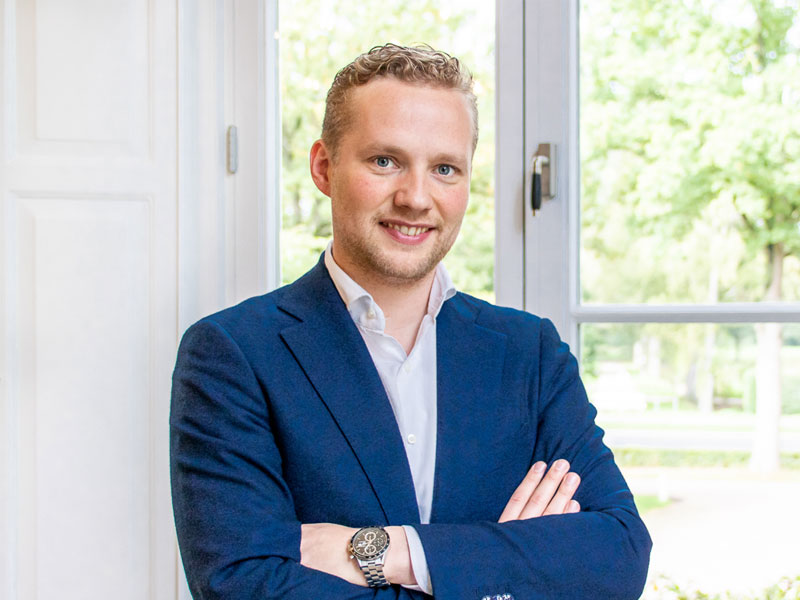Many of the biggest life science breakthroughs are the result of European research. The structure of DNA, pasteurisation, the discovery of penicillin, and the development of Pfizer and AstraZeneca vaccines are just some examples of Europe’s historically world-leading life sciences innovation. Now, the race is on around the globe to lead the sector’s rapid evolution into new areas, models, and technologies.
The sector continues to evolve with the rise in digital health, continuous development of preventative and personalised treatments, and to cope with the challenges of ageing populations. Demand for specialised office and laboratory facilities is soaring to keep pace with innovation, and science clusters play a vital role. These areas are hives of scientific activity, bringing together universities, government, and industry to support inspirational people and projects.
However, innovation is not restricted by geographical boundaries — we need to think beyond regional and national activity. Europe is home to 36 of the top 100 universities in the world, so when we improve connectivity between countries, we can overcome universal challenges. Collaboration, not competition, will ensure the future global pre-eminence of the European life science sector.
Europe as the home of life sciences innovation
Although many businesses in life sciences choose the US as their home, global pharmaceutical companies are increasingly looking to Europe thanks to the availability of world-class resources and talent. The continent is home to five of the top ten life sciences universities in the world, whilst employee salaries are generally lower than their US counterparts, making large-scale R&D projects more profitable.
Initiatives such as InvestEU’s Life Sciences Programme Loan scheme and grants of planning approval for new hubs of innovation across Europe highlight government support of the sector, with world-leading pharma and biotech companies such as Novo Nordisk, Roche, Novartis, Sanofi, and GlaxoSmithKline all calling Europe home. With such abundant life sciences excellence across the continent, these businesses need infrastructure that supports their innovation and research and can open the door to further development, collaboration, and opportunities.
Life sciences communities
Narrowing down the right location in Europe can be a tricky task. From construction to day-to-day operations, having the right real estate in the right place is essential for driving innovation in life sciences. In order to maximise the speed to market and success rate of innovative businesses, new, customer-centric real estate models are also required. Recognising the importance of this ecosystem, real estate organisations are now behaving more holistically and collaboratively, working with public and private sector actors in policy and commercial support to drive innovation.
For instance, lthe London Innovation Centre located in Canary Wharf,is a key site for growing companies in the so-called ‘Golden Triangle’ of London, Oxford, and Cambridge. The Innovation Centre offers flexible, fully serviced wet lab laboratory spaces and shared lab facilities to enable greater collaboration, including single lab bench rental to help smaller start-ups. With organisations such as Barts Life Sciences, MHRA and Genomics England in proximity, it’s a prime location for a vibrant new ecosystem to develop. Meanwhile, The HIVE in Villejuif, France, a partnership project between Kadans and the Paris Saclay Cancer Cluster, will accelerate innovation in oncology with 25,000 sqm of laboratories, services, and convivial spaces for collaborative research. The HIVE will give oncology researchers, start-ups, scale-ups, and industrialists the space to connect and innovate in a cluster environment.
Supporting industry activation like that at the London Innovation Centre or The HIVE works on both a local and global level, attracting individuals and organisations with shared goals and ambitions. Partners who develop life sciences real estate can provide the infrastructure to bring the right people and stakeholders together, as well as the ongoing operation and maintenance of buildings, and become active catalysers for economic development. It’s not just about having purpose-built state-of-the-art buildings — it is the support and community in and around them that truly makes an environment in which scientific organisations can thrive and innovate.
Life sciences innovation through European collaboration
Going one step further beyond local life science developments, a pan-European approach can help us to overcome common global challenges. This cross-border connectivity brings together innovative minds, partners, and clients to create a space for continent-wide collaboration. Connecting with those further afield helps to unlock resources across research, knowledge, talent, and capital – positioning companies to overcome whatever challenges they may face. These networks serve as communities for like-minded businesses and individuals, foster a sense of community, and create links between the right people, both inside and outside of building walls.
The value of pan-European collaboration is to create opportunities for people from different locations to meet each other, both digitally and physically, and create collaborative and symbiotic relationships. Not only do these networks drive transparency and keep all companies at the forefront of developments in the sector, but they also push companies to be more competitive and innovate at pace. This includes evolving internal operations and standards, with greater visibility of sustainability levels and new ways to reduce emissions able to be shared freely to promote best practices.
Europe is uniquely poised to accelerate innovation in life sciences. With local excellence across the continent and access to top-tier talent, their true value will be unlocked through an integrated scientific community that transcends national borders. Gathering innovative businesses in built-for-purpose flexible real estate encourages collaboration and competition. And when all locations are connected to promote pan-European collaboration and serve multi-location clients, the sector can show true progress towards shared goals and ambitions. It’s simple — international challenges require international collaboration.


